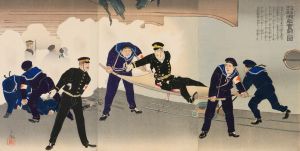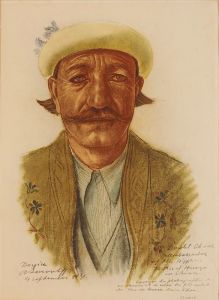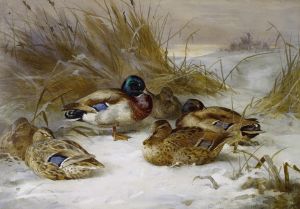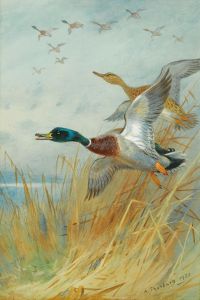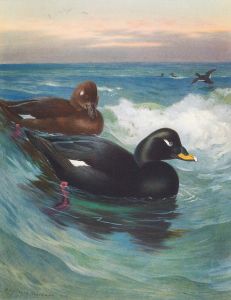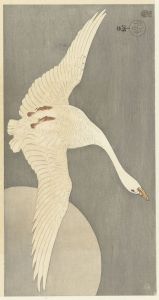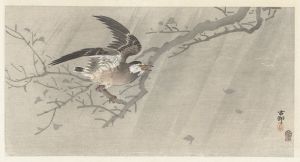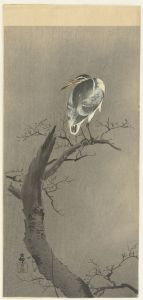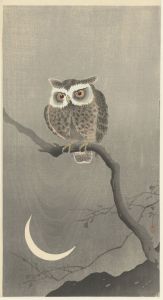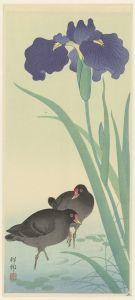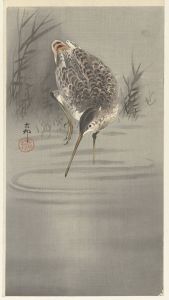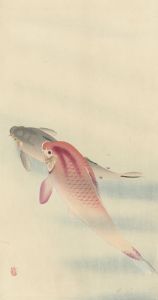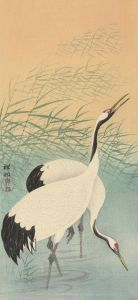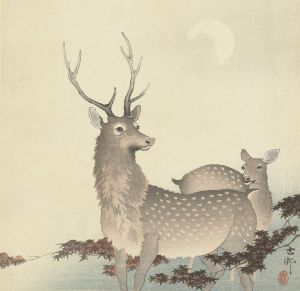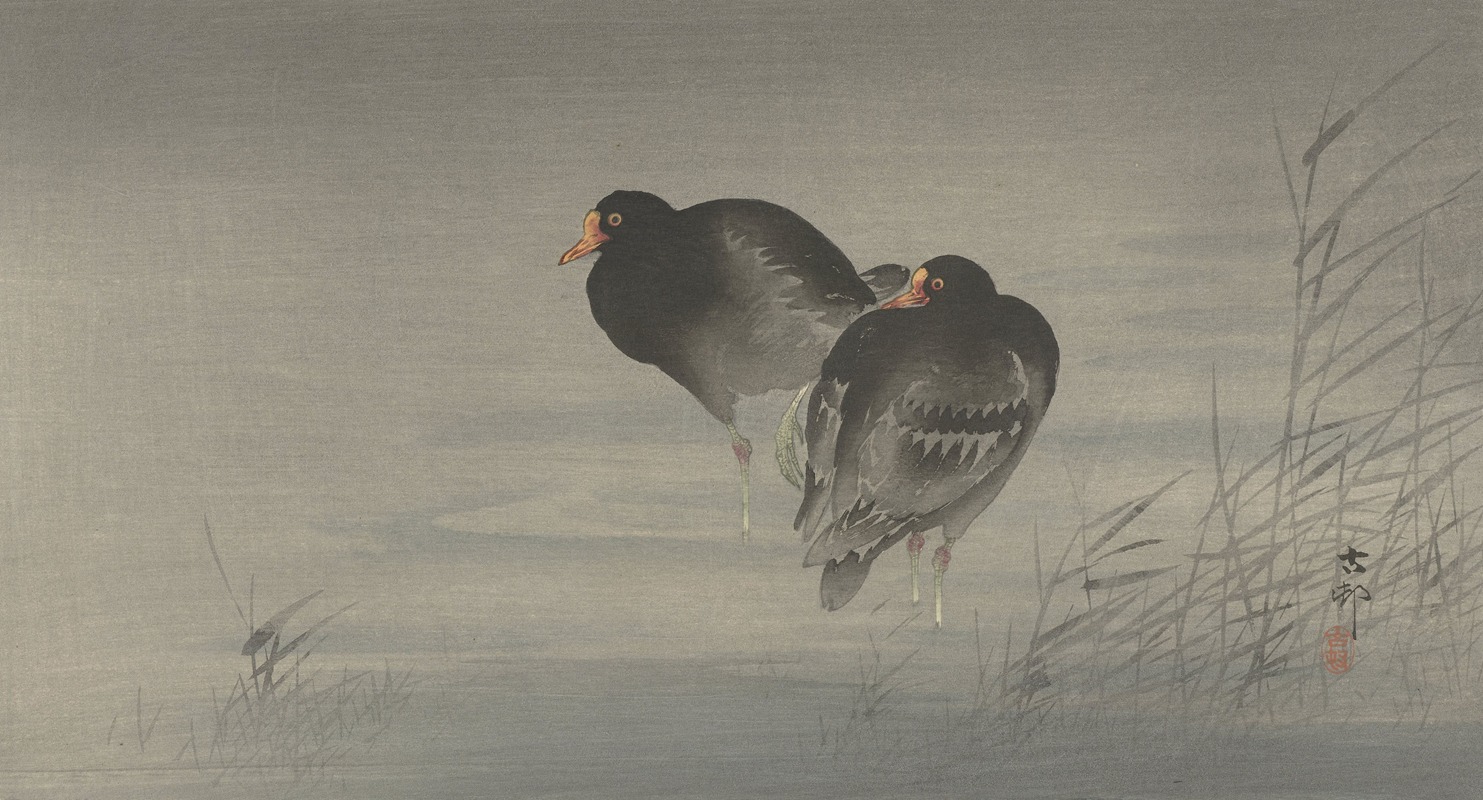
Two moorhens
A hand-painted replica of Ohara Koson’s masterpiece Two moorhens, meticulously crafted by professional artists to capture the true essence of the original. Each piece is created with museum-quality canvas and rare mineral pigments, carefully painted by experienced artists with delicate brushstrokes and rich, layered colors to perfectly recreate the texture of the original artwork. Unlike machine-printed reproductions, this hand-painted version brings the painting to life, infused with the artist’s emotions and skill in every stroke. Whether for personal collection or home decoration, it instantly elevates the artistic atmosphere of any space.
Ohara Koson (1877–1945) was a prominent Japanese artist known for his exquisite woodblock prints, particularly those depicting birds and flowers, a genre known as kachō-e. His work is often associated with the shin-hanga ("new prints") movement, which sought to revitalize traditional Japanese woodblock printing by incorporating Western elements such as perspective and shading. Koson's prints are celebrated for their delicate beauty, attention to detail, and harmonious composition.
"Two Moorhens" is one of Koson's many works that exemplifies his mastery in capturing the essence of avian subjects. The print typically features two moorhens, a type of water bird, depicted in a natural setting. Koson's ability to portray the birds with lifelike precision and grace is evident in the way he renders their feathers, postures, and interactions with their environment. The composition often includes elements such as water, reeds, or other natural features that provide context and enhance the overall aesthetic appeal.
Koson's technique involved the traditional ukiyo-e method of woodblock printing, which requires collaboration between the artist, carver, and printer. The artist would first create a detailed design, which was then carved into blocks of wood by skilled artisans. Each color in the print required a separate block, and the final image was produced by carefully aligning and pressing the paper onto the inked blocks. This meticulous process allowed for the creation of prints with vibrant colors and intricate details.
The shin-hanga movement, of which Koson was a part, emerged in the early 20th century as a response to the decline of traditional woodblock printing in Japan. Artists and publishers sought to revive the art form by appealing to both domestic and international audiences. Koson's work gained popularity in the West, particularly in the United States and Europe, where collectors appreciated the blend of traditional Japanese aesthetics with modern influences.
Koson's bird and flower prints, including "Two Moorhens," are characterized by their serene beauty and subtle use of color. He often employed a limited color palette, focusing on soft, muted tones that evoke a sense of tranquility and harmony. The backgrounds in his prints are typically understated, allowing the viewer to focus on the main subjects and their delicate features.
Throughout his career, Koson produced hundreds of prints, many of which are now housed in museums and private collections worldwide. His work continues to be highly regarded for its artistic merit and contribution to the shin-hanga movement. Collectors and art enthusiasts value Koson's prints not only for their aesthetic qualities but also for their representation of a pivotal period in the history of Japanese art.
In summary, "Two Moorhens" by Ohara Koson is a quintessential example of the artist's skill in depicting nature through the medium of woodblock prints. It reflects the broader themes and techniques of the shin-hanga movement, showcasing Koson's ability to blend traditional Japanese art with modern sensibilities. His work remains a testament to the enduring appeal of kachō-e and the rich cultural heritage of Japanese printmaking.





